
 |
| The company is also learnt to be in the last leg of securing approval for introducing its premium SUV, the HR-V. “We are more or less certain that we need to bring in the new Civic. We are still studying when is the right time. And similarly, we are also studying (bringing in) HR-V. So far, the feedback has been positive, we may bring that SUV in India”, said Ueno, who is also the company’s CEO. Source: ET |
| To build on its growth momentum and premium brand imagery, Honda is likely to launch the new CR-V with a diesel engine (this was missing so far in its portfolio). Source: ET |
| Honda global chief Takahiro Hachigo says “We will launch 6 new models in next 3 years in India” Models will include hybrids but no EVs yet. |

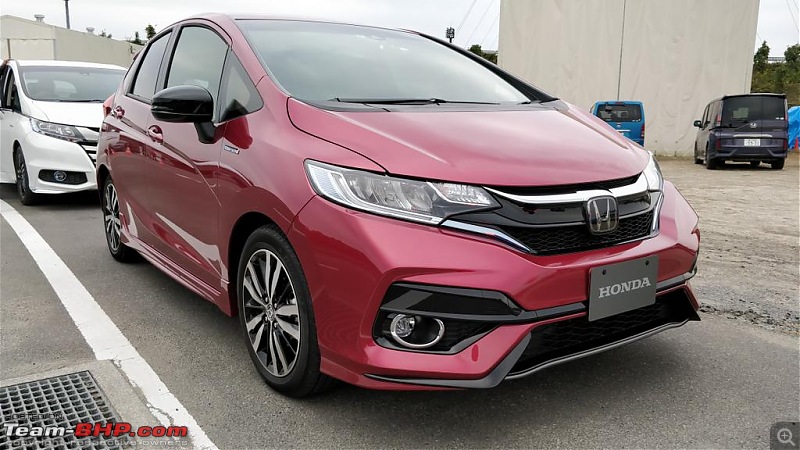
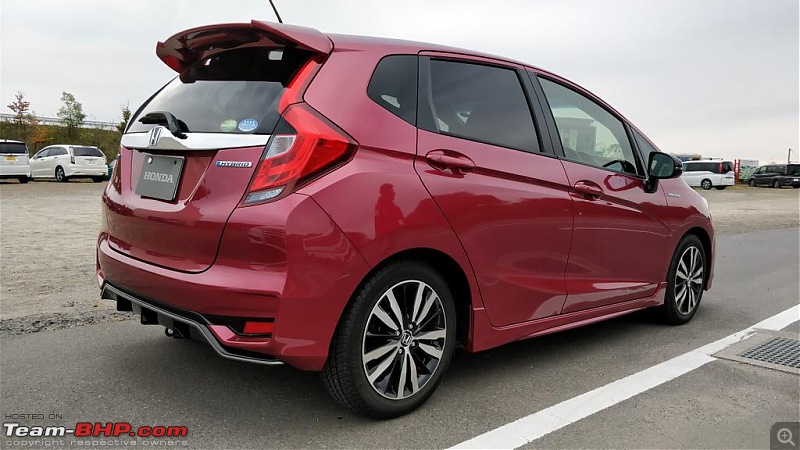
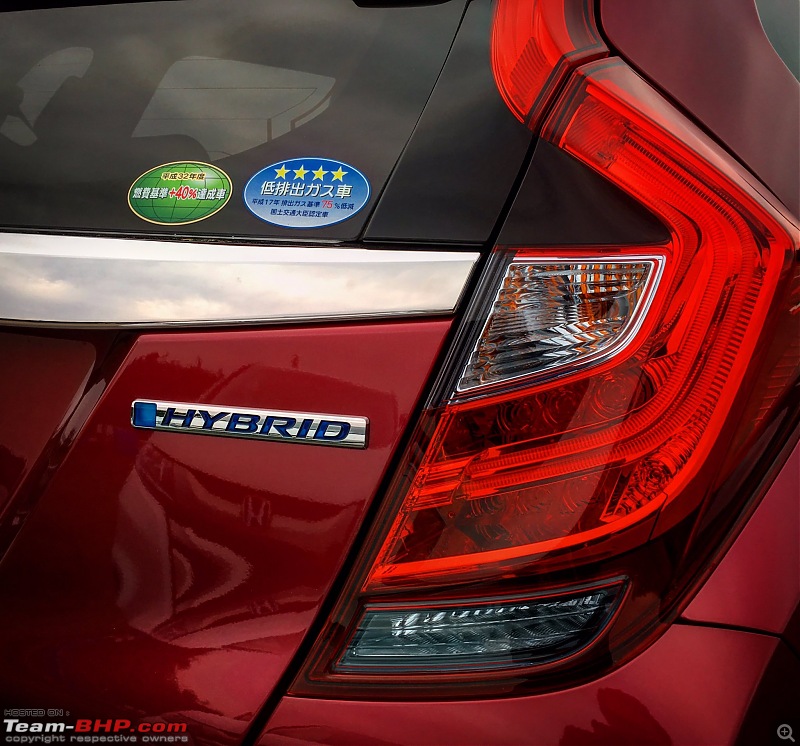

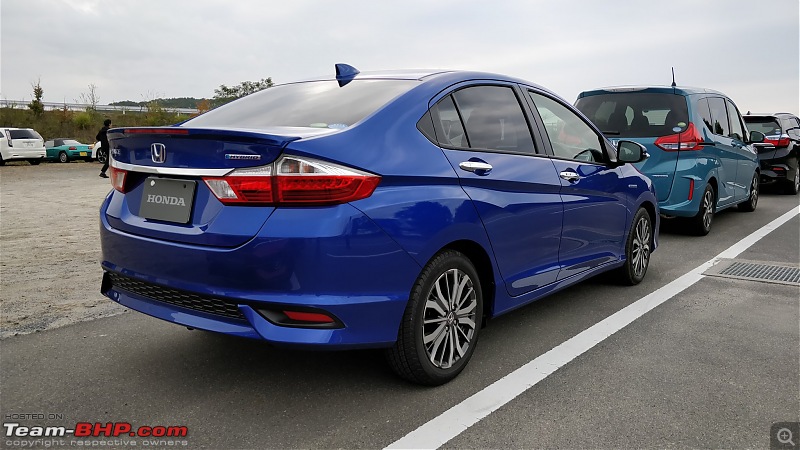

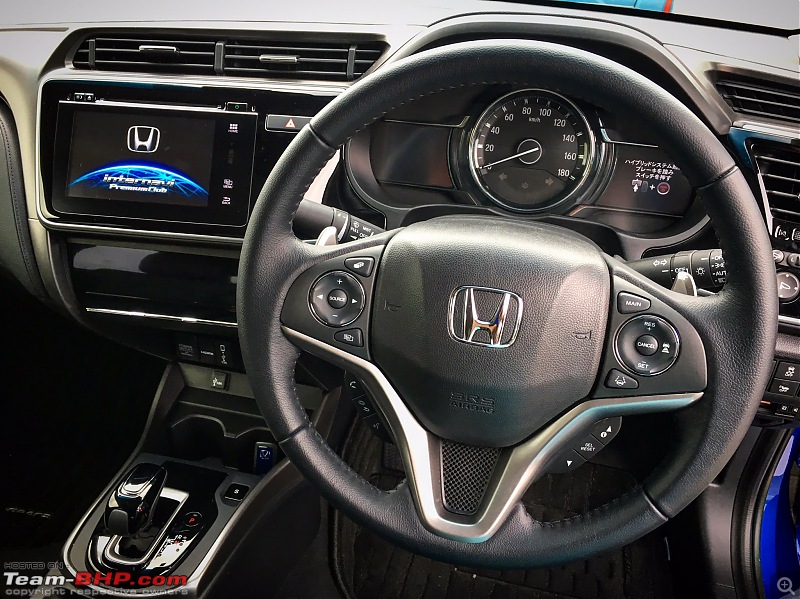
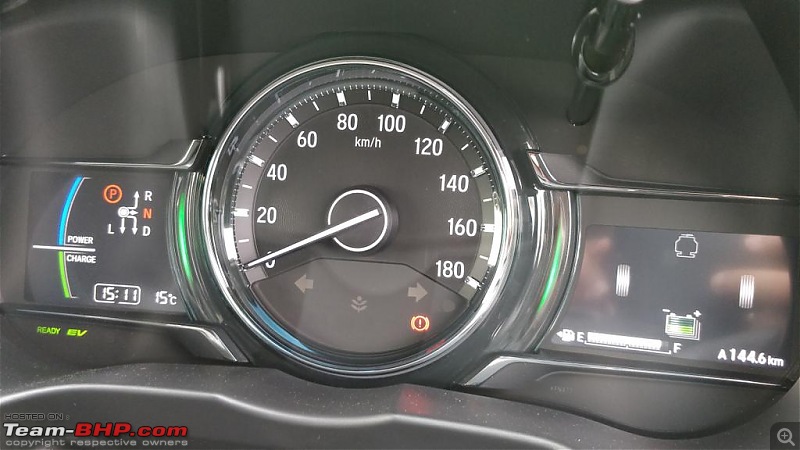
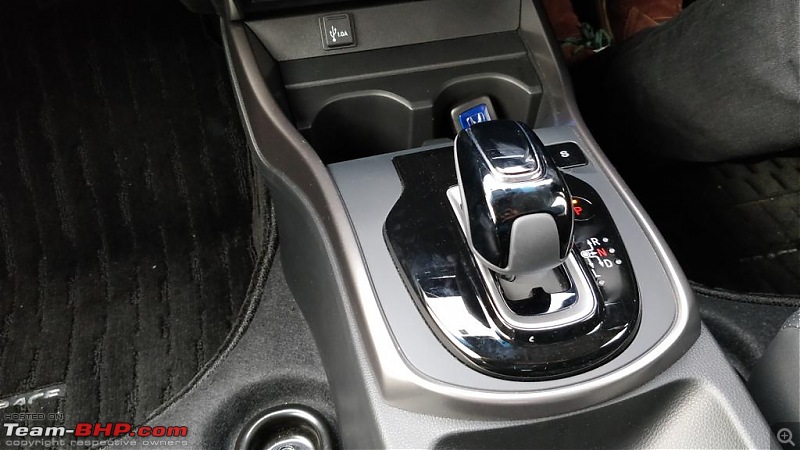
| “We feel that diffusion of battery EVs requires significant infrastructure development and overcoming other challenges, such as cruising range with batteries, affordability and consumer acceptance. HCIL strives to plan battery EV models that will be best suitable for the traffic conditions in India in view of the usage including travelling distance,” Yoichiro Ueno Chief Executive Officer, HCIL told ET. Given that the local market for electric vehicles is at a nascent stage, Honda is yet to determine schedules and models details for India. Ueno explained, “It depends on how fast the technology and infrastructure evolve in India and the rate of acceptance by consumers… It has the potential to be disruptive in the long run but we see hybrids to play a crucial role during this transition.” Honda Motor CEO Takahiro Hachigo had announced at the Tokyo Motor Show that the company is planning to launch six models in India in the next three years, and the current favourite is the hybrid technology, as it is more acceptable to consumers for its similarity to the gasoline engine. Honda already has a hybrid powertrain solution on the Jazz and the mid-size sedan Grace in Japan, and these may be launched in India. |
| the upgrades to the diesel engine will be costly and could push the price of diesel cars, by a significant figure. |
| Honda is looking at ways to minimise the increase in cost, and is also considering the possibility of locally producing parts of the diesel particulate filter that the engine will require. Honda is already testing the BS VI-ready version of the diesel engine in India |
| According to a report from mint, the first Honda EV for India will be based on the Honda Brio’s platform. |
| The next-gen Honda Brio is already in the works. A possibility is that Honda is upgrading the Honda Brio’s platform to support an electric powertrain. |
| In Europe and Japan, the company will launch the Honda Urban EV Concept’s production version in 2019 and 2020 respectively. In India, though, it will probably launch a completely different, low-cost model to begin with. |
| Like Suzuki, Honda wants to set up a lithium-ion battery manufacturing plant in India. Discussions on the type of EV and constructing a battery plant were held at a recent Honda Cars India board meeting. A decision is imminent |
| It is targeting parts exports to the tune of Rs 1500 crore in the current financial year (2017-18) up 31.57 percent from Rs 1140 crore posted in FY17. Auto component exports form an important business arm of HCIL and in 2016-17, the carmaker exported parts to 15 countries. The company’s components business is growing briskly with shipments of parts headed to countries like the US and Brazil, to Europe (primarily the UK), China, Japan and some South East Asian markets. These parts include body panels and engine parts including transmission cases, cylinder blocks, engine blocks and crankshafts made at the Tapukara plant. Between April-December 2017-18, the carmaker exported 4114 vehicles growing 4.87 percent over the previous fiscal. Of this, passenger cars contributed 2719 units and utility vehicles 1395 units. In 2016-17, during the same period, it clocked exports of 3923 units with cars accounting for 2902 units and UVs 1021 vehicles. In FY18, UV exports for Honda have risen 36.63 percent while cars are down by 6.30 percent, according to SIAM data. Last July, Honda Cars India (HCIL) had commenced exports of the fully assembled 1.6L diesel engine to Thailand and Philippines for the first time, from India. Though the carmaker does not power its Indian product portfolio with this diesel motor so far, it has been making parts for the 1.6L diesel engine at its Tapukara facility since 2013. HCIL has been exporting critical engine parts of the 1.6L diesel to Honda UK for powering the Civic and CR-V since then. “About 60 percent of the demand for the WR-V is for the diesel variant while for the new City sedan, 80 percent sales are for the petrol edition. This difference in demand has something to do with customer profile and preferences, “Sen elaborates. “Our electric vehicle strategy is under preparation and is work in progress.” At present, Honda has entered into an arrangement with Hitachi Automotive Systems in Japan for procuring electric motors for its hybrid and electric product line and whether the carmaker’s EV strategy will include setting up an assembly unit for the motors in India is still under consideration. |
| "We prefer the SUV space to small cars. The SUV is a growing segment in India, it offers more potential than a small car in the current context. We are studying multiple SUV options on the new Amaze platform." |
|
Originally Posted by RavenAvi
(Post 4358088)
.... So, there might be a dedicated SUV option from Honda to go up against the Vitara Brezza, EcoSport and the Nexon, instead of a new-gen Brio...... |
| All times are GMT +5.5. The time now is 05:48. |